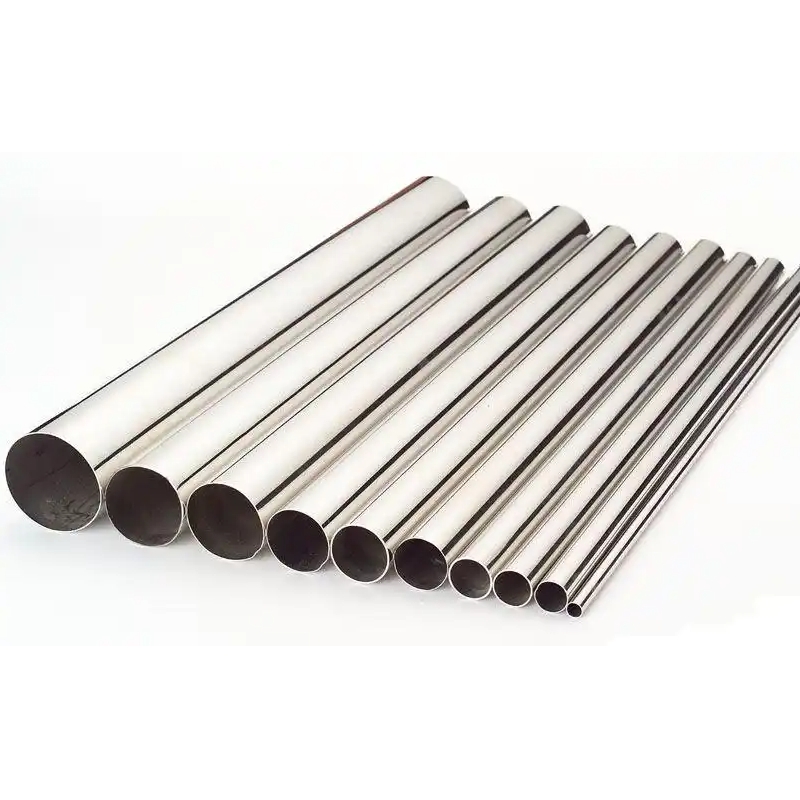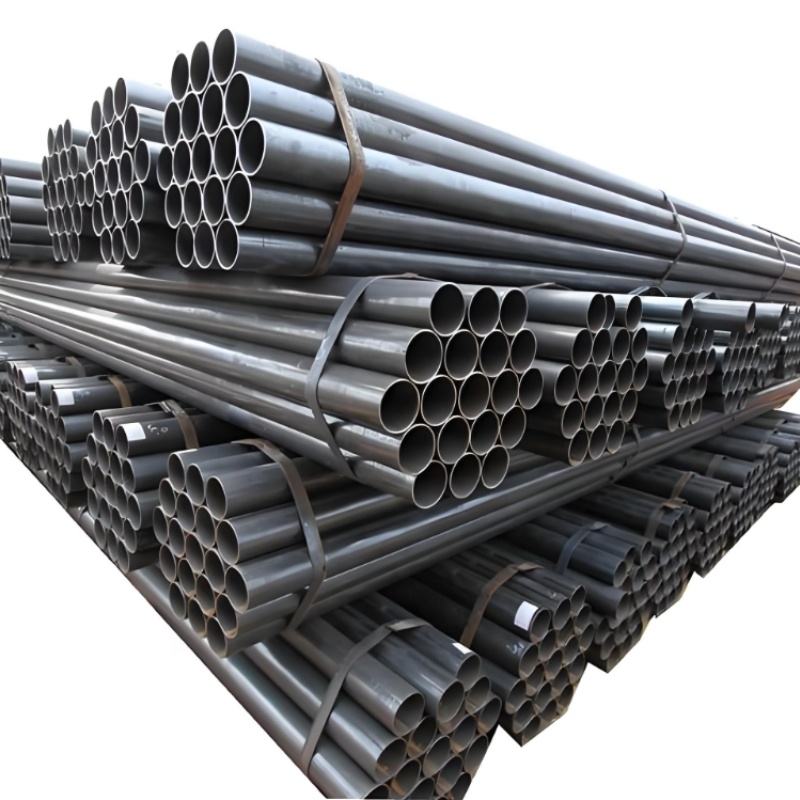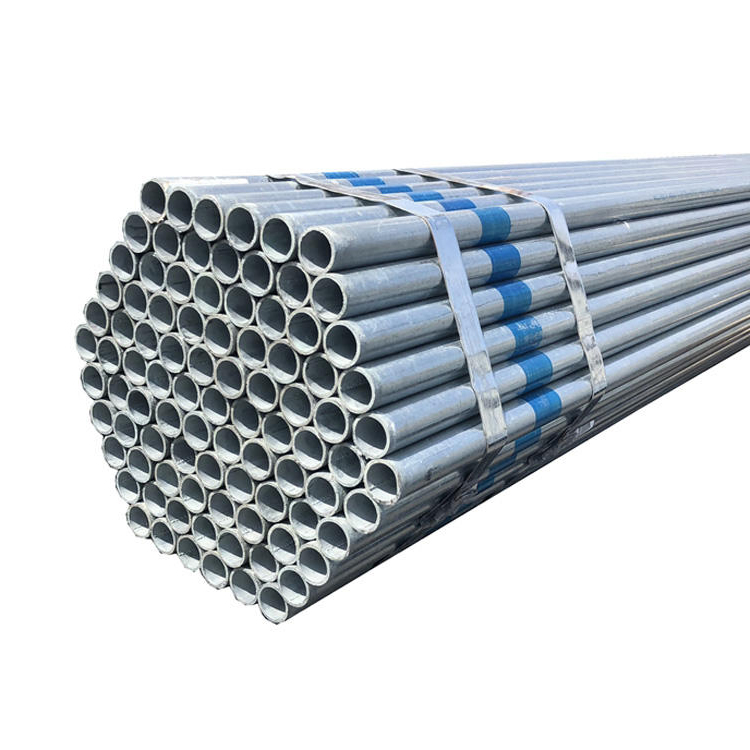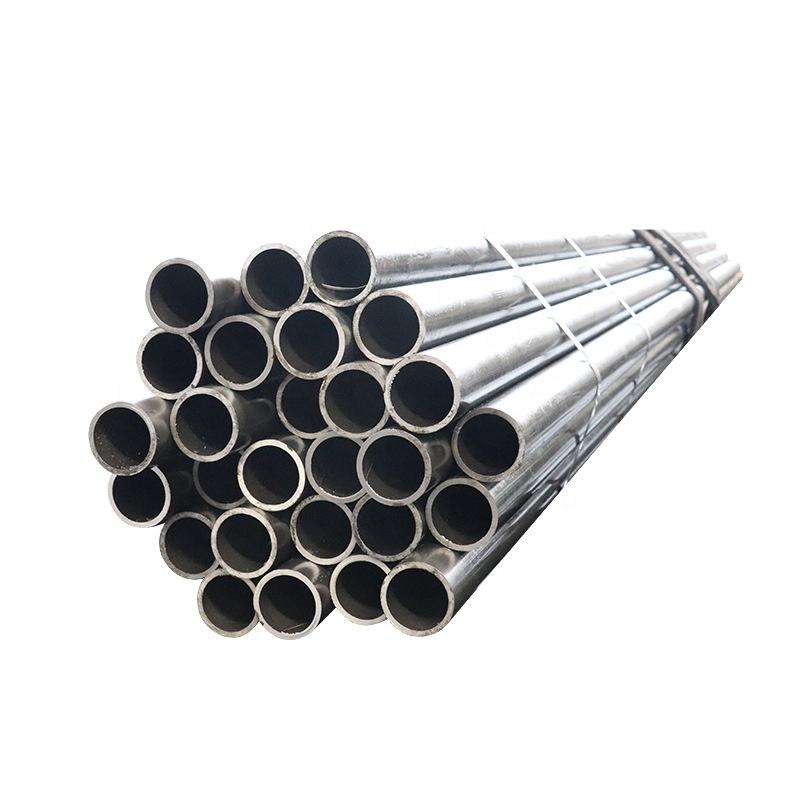Stainless steel pipe is a hollow, elongated circular steel material widely used in industrial transportation pipelines and mechanical structural components such as petroleum, chemical, medical, food, light industry, and mechanical instruments. In addition, when the bending and torsional strength are the same, the weight is relatively light, so it is also widely used in the manufacturing of mechanical parts and engineering structures. It is also commonly used as furniture and kitchenware.
Stainless steel pipes are divided into ordinary carbon steel pipes, high-quality carbon structural steel pipes, alloy structural pipes, alloy steel pipes, bearing steel pipes, stainless steel pipes, as well as bimetallic composite pipes, coated and coated pipes, etc. to save precious metals and meet special requirements. There are various types of stainless steel pipes with different uses, varying technical requirements, and production methods. The current production of steel pipes has an outer diameter range of 0.1-4500mm and a wall thickness range of 0.01-250mm. To distinguish their characteristics, steel pipes are usually classified according to the following method.
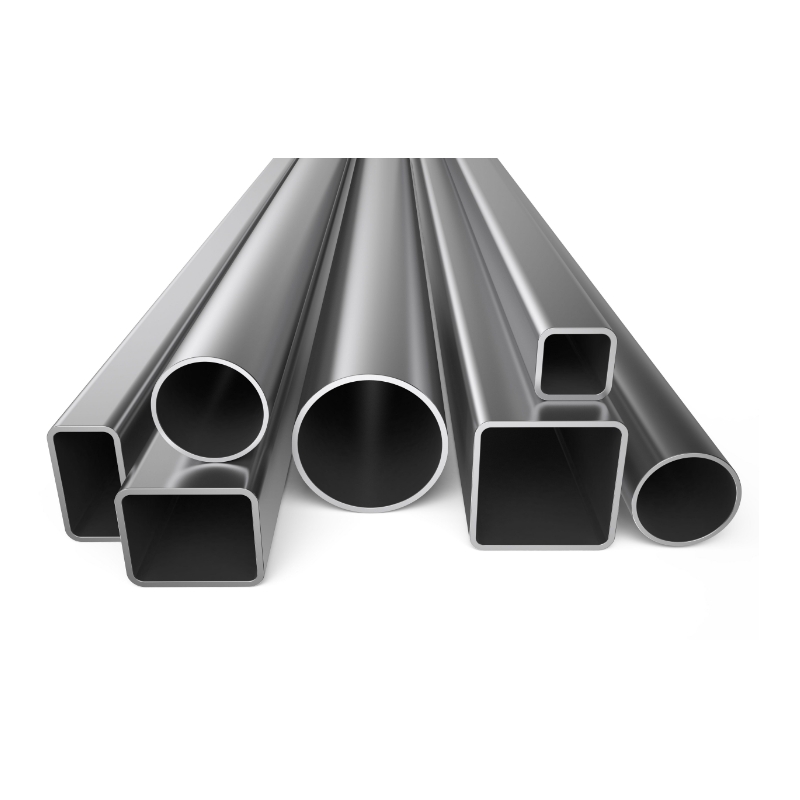
mode of production
Stainless steel pipes can be divided into two categories based on production methods: seamless pipes and welded pipes. Seamless steel pipes can also be divided into hot-rolled pipes, cold-rolled pipes, cold drawn pipes, and extruded pipes. Cold drawn and cold-rolled pipes are secondary processing of steel pipes; Welded pipes are divided into straight seam welded pipes and spiral welded pipes.
section shape
Stainless steel pipes can be divided into round pipes and irregular pipes according to their cross-sectional shape. Irregular tubes include rectangular tubes, diamond tubes, elliptical tubes, hexagonal tubes, octagonal tubes, and various asymmetric cross-section tubes. Alien tubes are widely used in various structural components, tools, and mechanical parts. Compared with circular pipes, irregular pipes generally have larger moments of inertia and section moduli, and have greater bending and torsional resistance, which can greatly reduce structural weight and save steel.
Stainless steel pipes can be divided into equal section pipes and variable section pipes according to their longitudinal cross-sectional shape. Variable cross-section pipes include conical pipes, stepped pipes, and periodic cross-section pipes.
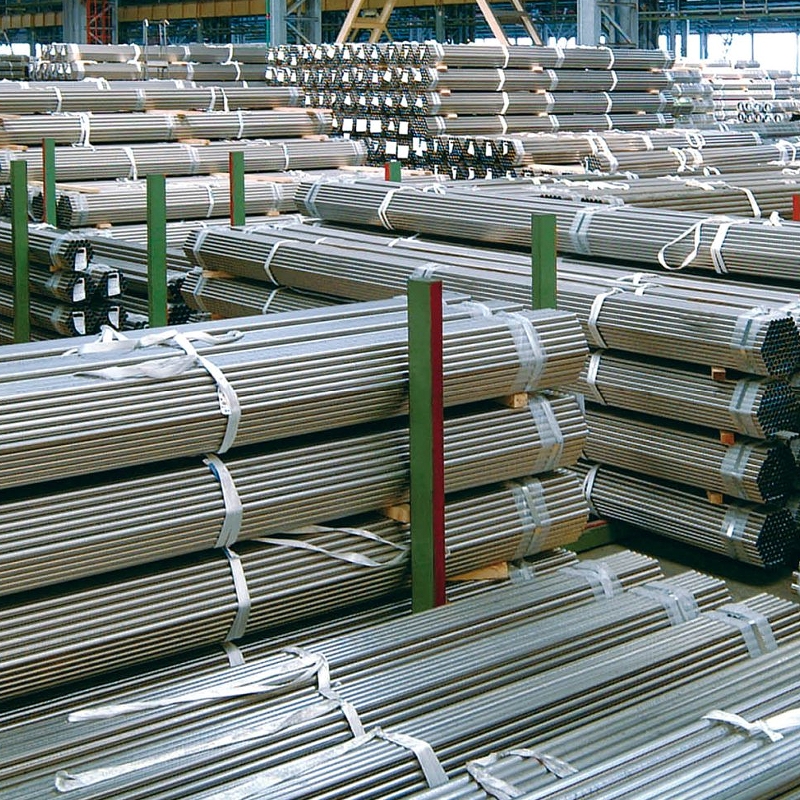
Tube end shape
Stainless steel pipes can be divided into smooth pipes and threaded steel pipes (with threaded steel pipes) according to their end conditions. Car threading pipes can be divided into ordinary car threading pipes (low-pressure pipes for transporting water, gas, etc., connected by ordinary cylindrical or conical pipe threads) and special threaded pipes (pipes for oil and geological drilling, with special threaded connections for important car threading pipes). For some special pipes, in order to compensate for the influence of threads on the strength of the pipe end, the pipe end is usually thickened (internally thickened, externally thickened, or internally and externally thickened) before car threading.
Usage classification
According to their purposes, they can be divided into oil well pipes (casing, oil pipes, drill pipes, etc.), pipeline pipes, boiler pipes, mechanical structure pipes, hydraulic support pipes, gas cylinder pipes, geological pipes, chemical pipes (high-pressure fertilizer pipes, petroleum cracking pipes), and ship pipes.
